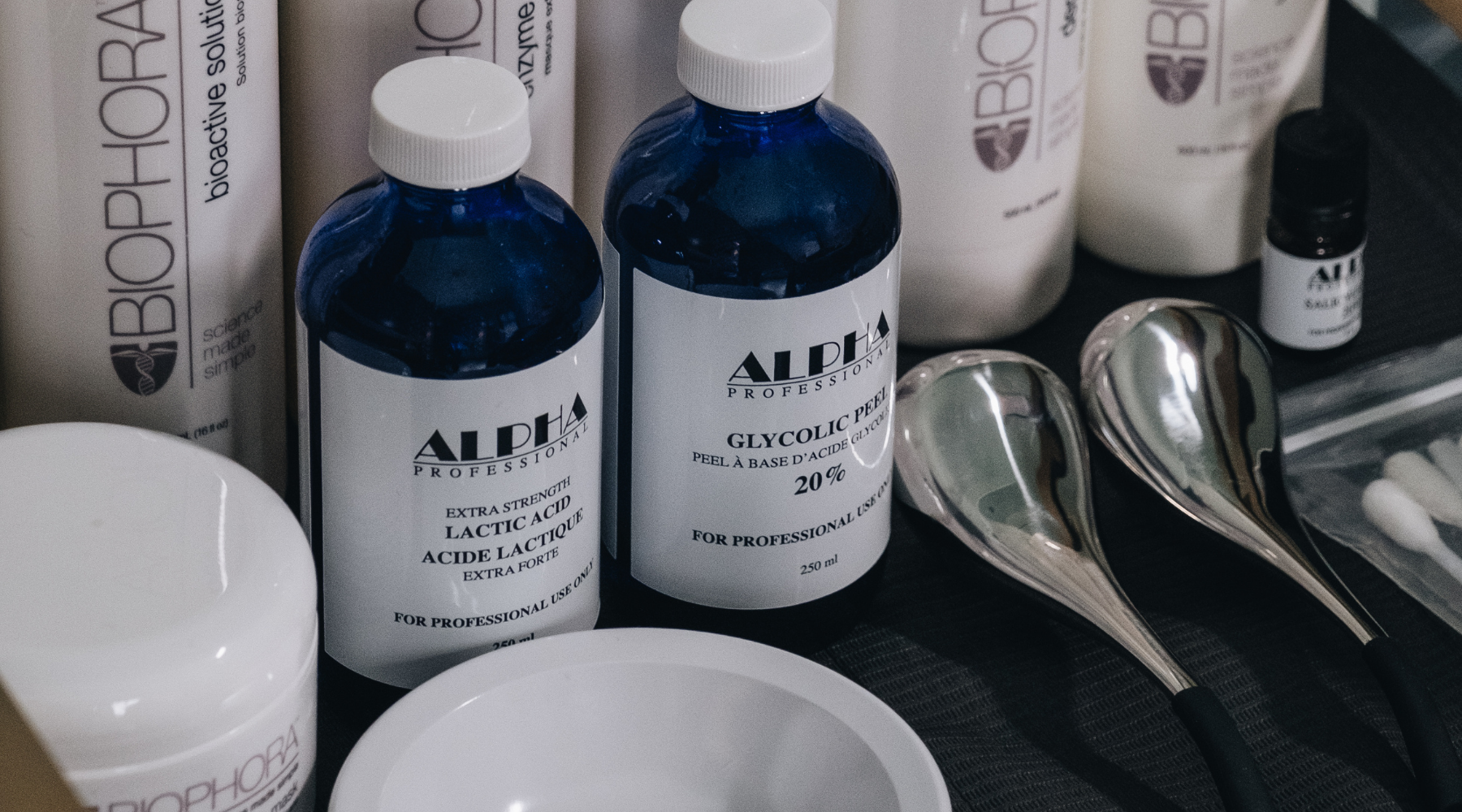
Chemical Peels 101
Chemical peels are a popular skincare treatment, most loved for their ability to rejuvenate and revitalize the skin. Read on below to explore what chemical peels are, how they address a multitude of skin concerns, and learn more about the various benefits they offer for smoother, more radiant skin!
WHAT IS A CHEMICAL PEEL?
Chemical peels are a popular professional skincare treatment that involves the application of a chemical solution to the skin, which causes exfoliation and helps improve various skin concerns. There are several types of chemical peels used in the professional skincare world, classified based on their depth of penetration and the specific skin issues they address.
ARE CHEMICAL PEELS SAFE?
It's essential to consult with a licensed skincare professional or dermatologist to determine the most suitable type of chemical peel for your skin type, concerns, and desired results. The depth of the peel and its aftercare requirements will vary, so it's crucial to follow post-peel instructions diligently to achieve the best outcomes and minimize potential side effects. But if you adhere to these guidelines, there is absolutely no reason for your skin peel to go south!
HOW DEEP IS A CHEMICAL PEEL?
The depth of a chemical peel depends on the type of peel used and the specific skin concerns being addressed. For example, superficial chemical peels are the mildest and only affect the outermost layer of the skin, the epidermis. They typically use gentle acids such as alpha hydroxy acids (AHAs), like glycolic or lactic acid, or beta hydroxy acids (BHAs) like salicylic acid. These can be done at home with professional skincare products.
Medium-depth peels penetrate more deeply into the skin, reaching the upper layer of the dermis, which is effective for treating moderate skin imperfections (like deeper wrinkles, significant pigmentation irregularities, and some light scars).
Meanwhile, deep peels penetrate into the lower layers of the dermis––addressing severe skin imperfections or issues.
HOW LONG IS RECOVERY?
Recovery from a superficial chemical peel is relatively quick (think, a few days to a week) while with medium peels, you can expect a bit of redness, swelling, and peeling that can last for about one to two weeks.
HOW DO CHEMICAL PEELS IMPROVE SKIN ISSUES?
- Acne: Chemical peels remove the top layer of dead skin cells, unclogging pores and preventing the buildup of sebum and bacteria that contribute to acne breakouts. This exfoliation process can lead to fewer acne lesions and breakouts, all while reducing active acne.
- Hyperpigmentation: Chemical peels can lighten dark spots caused by sun exposure and also lighten post-inflammatory hyperpigmentation (PIH) left behind by acne lesions. This can lead to a more even skin tone and less noticeable blemishes.
- Textured skin: Chemical peels promote the growth of new skin cells, resulting in smoother and more even skin texture.
- Rosacea: Chemical peels may assist in minimizing the appearance of the small visible blood vessels associated with rosacea. These peels can target the outermost layers of the skin where blood vessels are closer to the surface.
Interesting in trying a peel but unsure where to start? Consult with one of our skincare professionals online or give us a call at SkinEnvie Medispa today!
Until next time,
The BSE Team

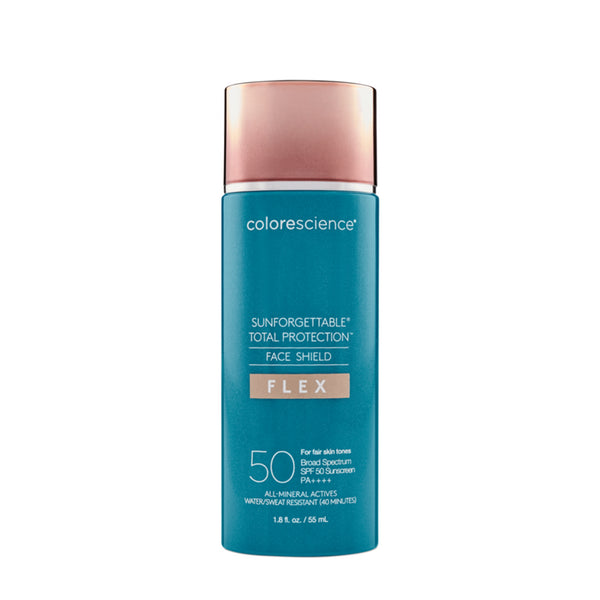
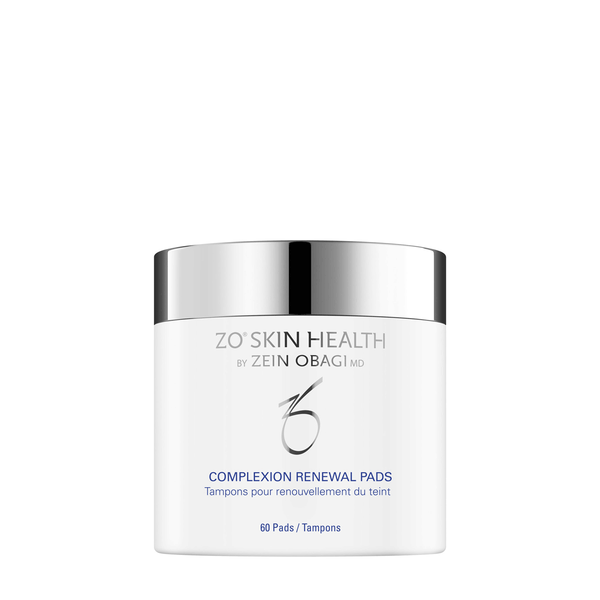
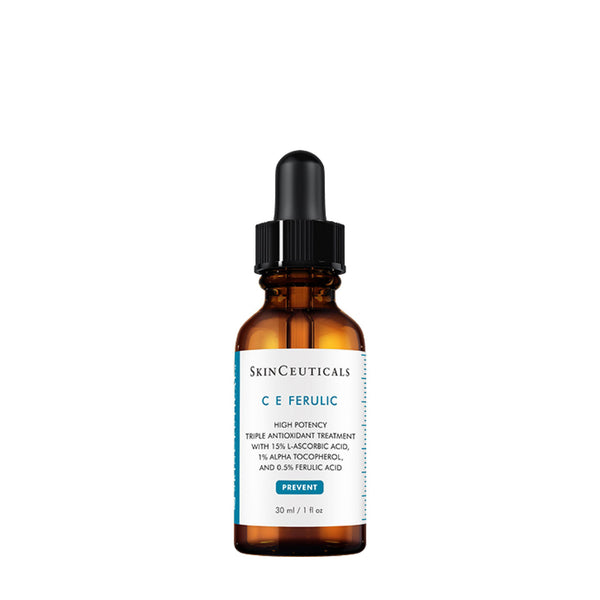
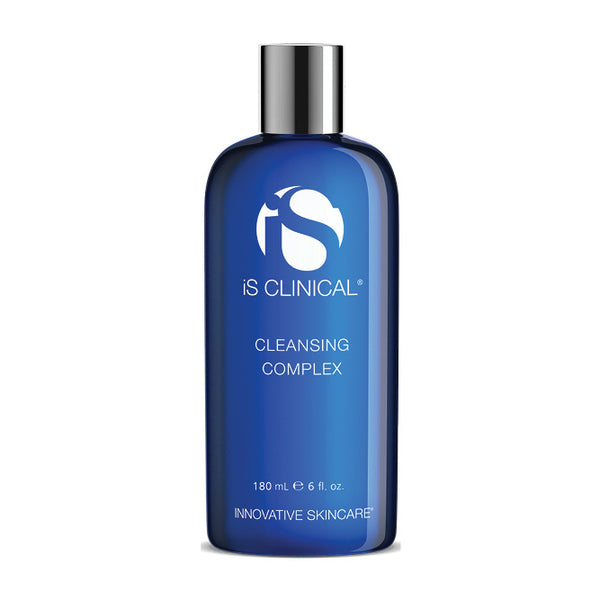
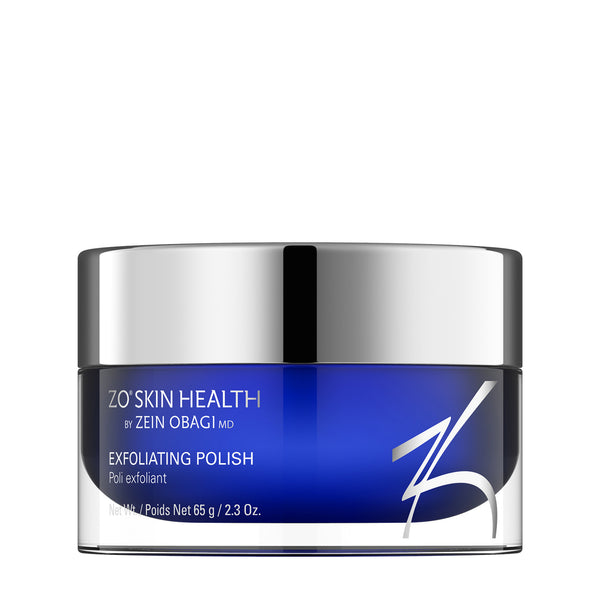
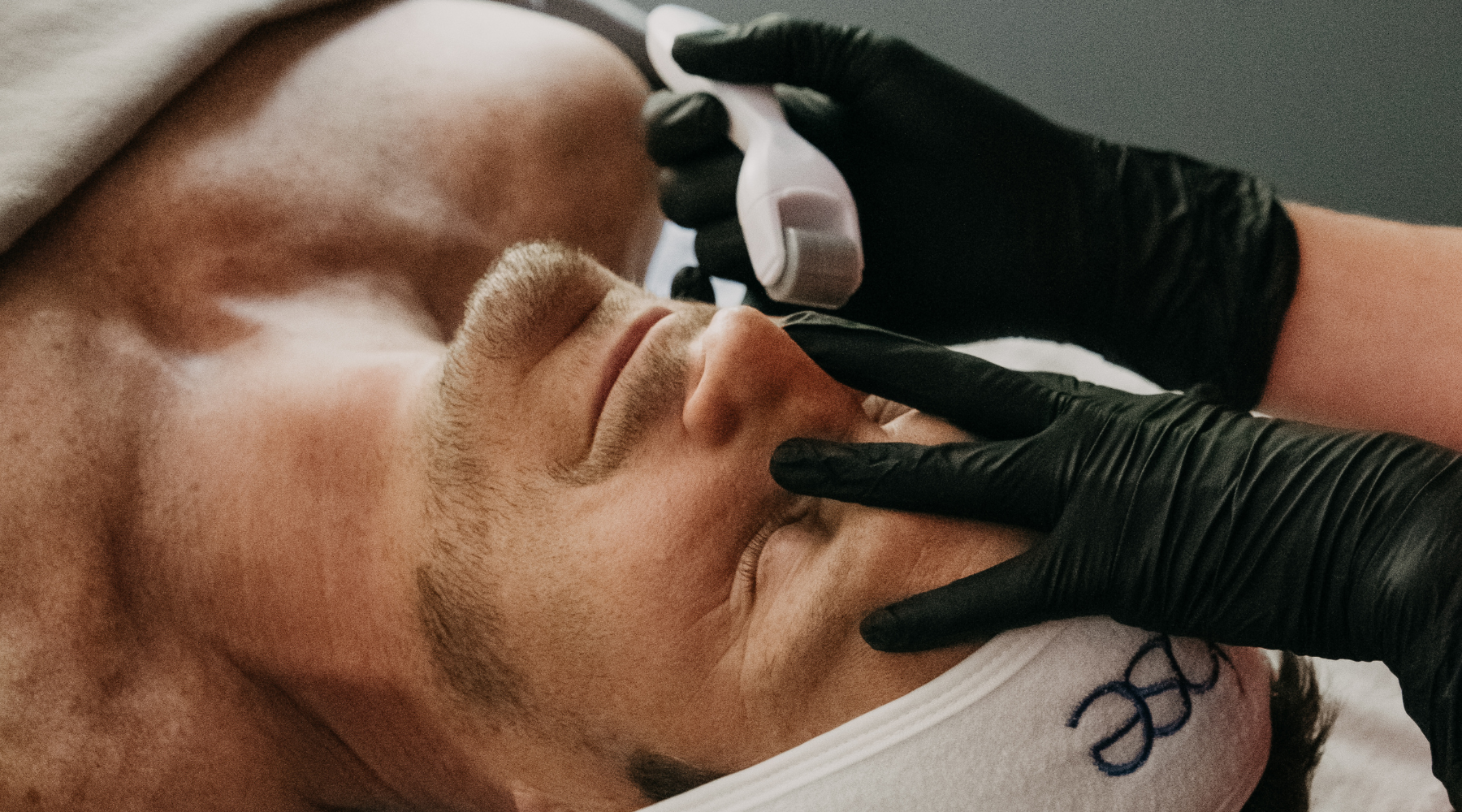
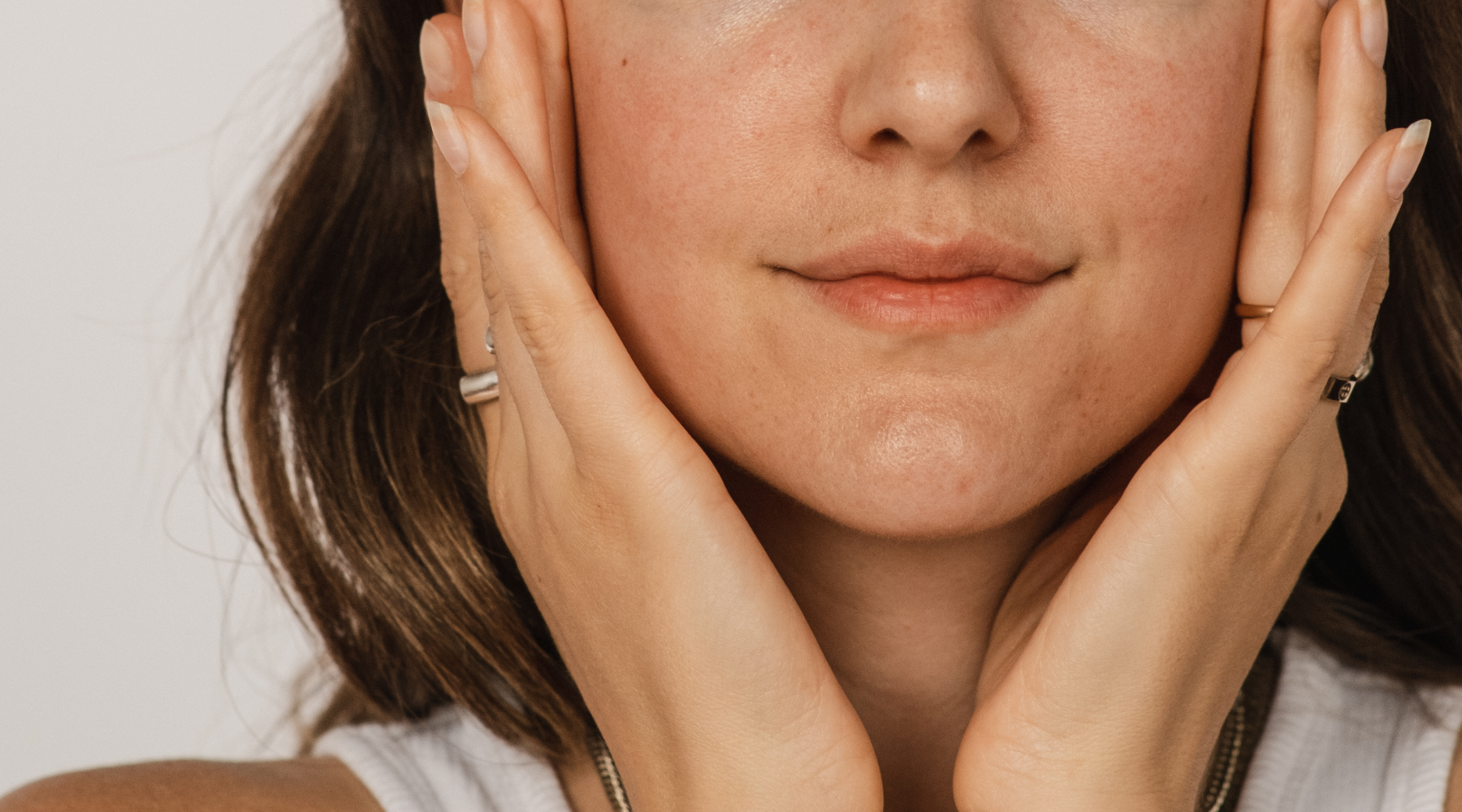



Leave a comment